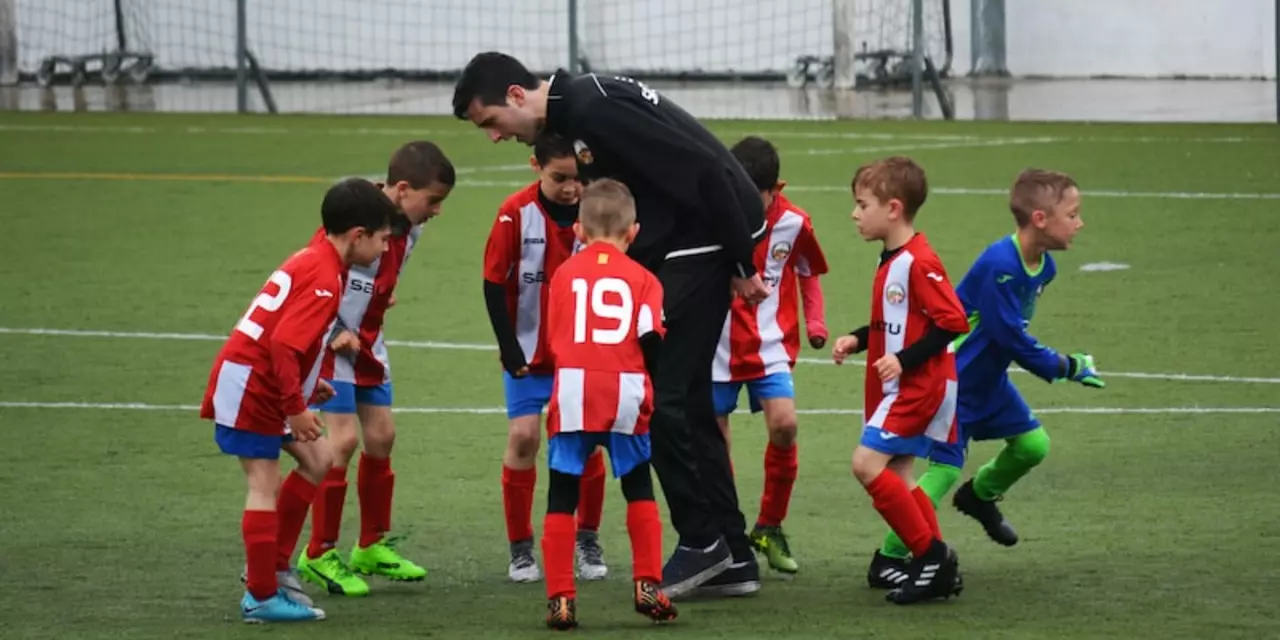Ball Basics: How to Pick the Right Soccer Ball for Your Game
Ever grabbed a ball off the shelf and wondered if it’s the right one? You’re not alone. The right soccer ball can make passing smoother, shooting easier, and practice more fun. Let’s break down what matters most so you can stop guessing and start playing with confidence.
Materials: What the Ball Is Made Of
Most balls fall into three material groups: synthetic leather, genuine leather, and rubber. Synthetic leather (often called PU) is the most common for everyday play. It’s durable, water‑resistant, and holds its shape on grass, turf, or indoor surfaces. Genuine leather feels softer and offers great touch, but it sucks up water and can get heavy in rain. Rubber balls are cheap and great for kids or training drills, but they don’t travel as far or spin as well.
Size and Weight: One Size Doesn't Fit All
Soccer balls come in Size 5 (the official adult size), Size 4 (youth), and Size 3 (mini). Size 5 measures about 22 cm in diameter and weighs 410–450 g. If you’re under 12, a Size 4 will feel more controllable. For backyard games or skill drills, a Size 3 can help you work on footwork without over‑exerting. Remember: a ball that’s too big or heavy will ruin your dribbling rhythm.
Weight matters for shooting power. A lighter ball accelerates faster, making it easier for younger players to kick long distances. A heavier ball builds strength and improves accuracy for seasoned players. When you’re shopping, check the ball’s weight range printed on the tag.
Another factor is the ball’s panel design. Traditional 32‑panel balls have a classic look and reliable flight. Modern 14‑panel or dimpled designs reduce air resistance for a more predictable trajectory. If you play in windy conditions, a dimpled ball can stay steadier in the air.
Now that you know the basics, here are three quick tips to extend your ball’s life:
- Check the pressure. Inflate to the recommended PSI (usually 8–10) before every game. Too much air makes the ball hard; too little makes it floppy.
- Keep it dry. After a rainy match, wipe off excess water and let the ball air‑dry. Moisture weakens the stitching and can cause the ball to lose shape.
- Store it right. Avoid leaving it in direct sunlight or extreme cold. A cool, dry place keeps the rubber from cracking.
Choosing a ball isn’t just about brand names. Look for certifications like FIFA Quality Pro if you want an official‑grade ball that meets strict standards for bounce, shape, and durability. For casual play, a good‑quality synthetic leather ball from a reputable brand will give you reliable performance without breaking the bank.
Bottom line: match the material, size, and weight to your age, playing surface, and skill level. Test a few if you can—kick, bounce, and feel the difference. The right ball will make every pass sharper, every shot more confident, and every game more enjoyable.
Ready to shop? Grab a Size 5 synthetic leather ball for adult matches, a Size 4 for junior leagues, and a Size 3 for skill drills. Keep it properly inflated, dry, and stored, and you’ll get years of solid performance. Now go out there and feel the difference a good ball makes!
How can I steal the ball more easily in soccer?
Stealing the ball in soccer can be a difficult task, but there are several techniques that can make it easier. Firstly, players need to be aware of their positioning and be sure to stay close to their opponents. Additionally, players need to time their challenge, ensuring they are ready to tackle the ball when the opportunity arises. Lastly, players should always be aware of the available space and be prepared to move into it quickly when their opponent has possession. By doing this, players will be in a better position to take the ball quickly and easily.
